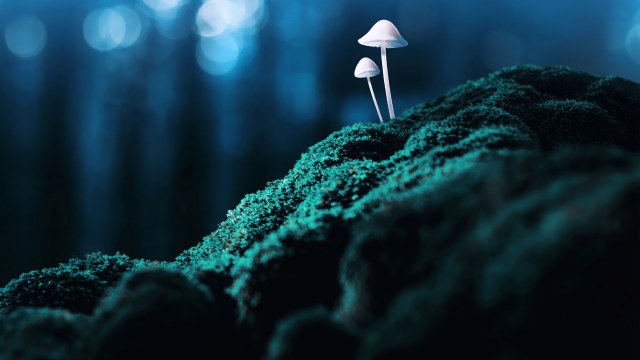NASA’s ‘Planetary Protection Officer’ Protects Other Worlds From Earth
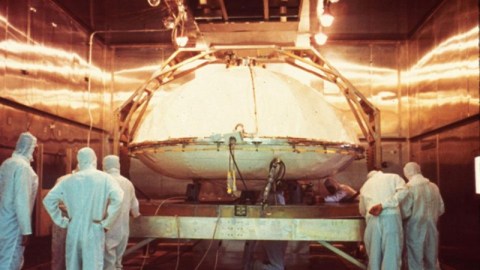
It isn’t about saving us from aliens at all.
“To be on my very first spacewalk, to be outside, and to have contamination in my suit to the point that I couldn’t see in either eye — that, I think, would cause some people to lose control.” –Chris Hadfield
It seemed like such a joke when you first heard it: that NASA pays a six-figure salary for a job called a Planetary Protection Officer, an idea so laughable that a nine-year-old applied for it. But this is a bona fide job that’s been around since the inception of the space program, and not for the reason you might think. Yes, the job focuses on biological threats and contamination. Yes, we did initially need to make sure that crewed missions to the Moon or return sample missions from, say, asteroids, didn’t contain any potentially hazardous materials. But the job isn’t primarily about protect Earth from alien life, but rather about protecting other worlds from the contamination our space probes might bring along.
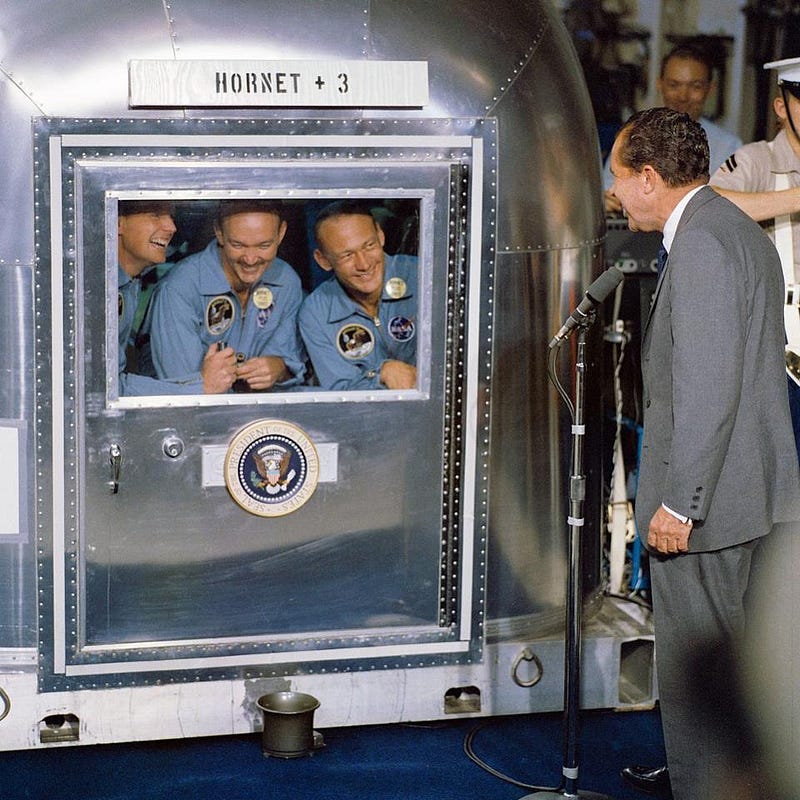
It’s absolutely true that we don’t know what else is out there in the Universe. We’ve never yet, once, found surefire signatures of alien life beyond Earth. And when the Apollo missions became the first spacecraft to travel to another world, land on it, collect samples, and then return to Earth, it made a huge amount of sense to be extra-careful that nothing we brought back could be disastrous to life on Earth. We knew, after all, that a microscopic or even a single-celled organism might have the capabilities of harming us, particularly if our immune systems had never encountered anything like it, not in the more than four billion years of evolution seen on this planet.
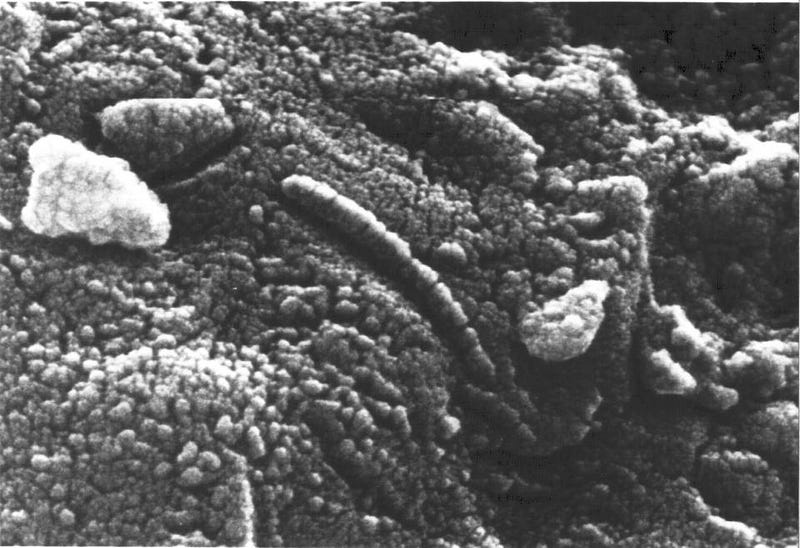
That possibility — that there might be microorganisms on other worlds — is firmly-rooted in scientific reality. We’ve had meteorites fall to Earth that have been found to contained fossilized single-celled creatures inside. (Whether those creatures originated from Earth or another world is still up for debate.) We find the ingredients for life, including sugars, amino acids, polycyclic hydrocarbons, and other organic molecules, in asteroids and in interstellar space. And many worlds in the Solar System, including Venus, Mars, Europa, Enceladus, Ganymede, Triton, and Pluto, are known to harbor either past or present liquid water, either on or beneath the surface.
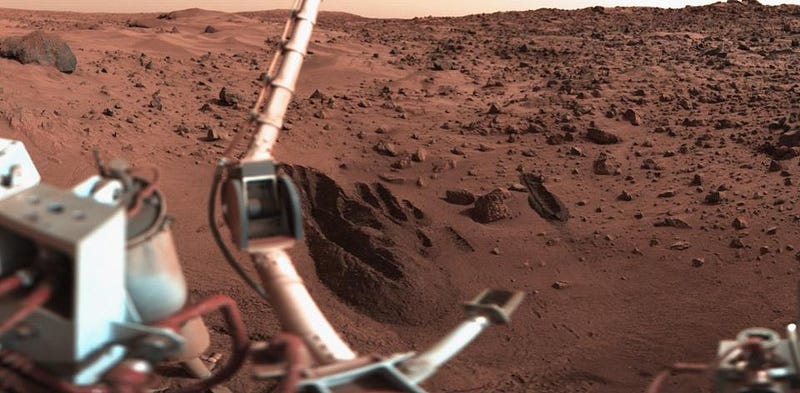
The major worry, however, isn’t that something from beyond Earth will be a threat to us. We are the threat. This was demonstrated thoroughly when NASA’s Viking landers touched down on the Martian surface in the 1970s. There were three tests the lander was designed to run to test for life, and one of them came back positive. This result was consistent with a specific type of Martian life… or with a contaminated spacecraft that brought terrestrial life along with it, stowed away, before landing on Mars. Life on Earth, as we well know, is everywhere we look, even when we work pretty hard to get rid of it.
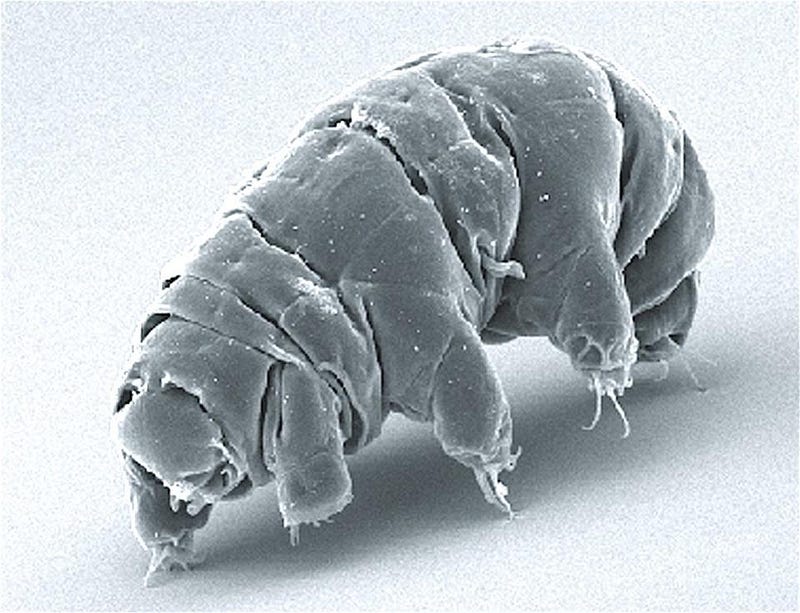
Animals like tardigrades are known to survive in the depths of space, and many single-celled organisms can remain dormant for millennia before thawing out and reproducing under the right conditions. Viruses are among the hardiest creatures known to exist, and bacteria from before the last ice age can be found in permafrost, dormant, and later unfrozen; this was done over a decade ago with Carnobacterium pleistocenium, and more recently with bacteria that was 8 million years old. When we send anything to another planet, there’s a great risk that Earth life is on board. Based on what we know of life on Earth, it has the potential to take hold on another world and wipe out any trace of pre-existing life.

Is there life on other worlds? On other planets in our Solar System; on moons around gas giants; on asteroids or Kuiper belt objects? Was there once a thriving colony of life, but no longer, on some of those worlds? Are there pieces of evidence that organic material is present there, wholly unlike anything we’ve yet found on Earth?
These tantalizing possibilities are real, and can teach us so much about how ubiquitous life might be, in the galaxy and Universe at large. But if we contaminate those worlds, unnaturally, with Earth-based life, we may never get the chance to find out. That’s the primary role NASA’s Planetary Protection Officer plays: in securing the pristine nature of these other worlds. When the time comes that our technology is sufficiently advanced and implemented, it will be the long-term success of that office that determines whether we learn that answer or not.
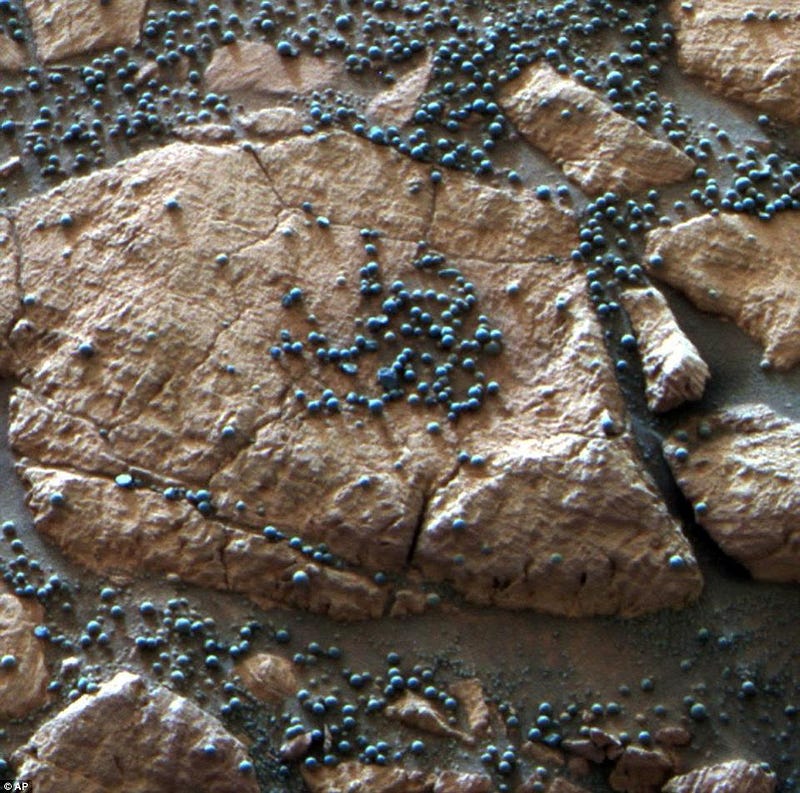
As John Rummel, a former Planetary Protection Officer himself, said in an interview with Elizabeth Howell:
The planetary protection job was mostly challenging in that it was not just important for each mission to do the right — required by requirements — thing, but to know why they were doing it, and why it was important to do a good job.
You’re not just protecting another world; you’re protecting its history, its evidence, and our ability to do good science. If we fail, we’ve contaminated billions of years of natural history. But if we succeed, the secrets to life in the Universe might just be found elsewhere in the Solar System. A six-figure salary, for an officer that oversees every mission to another world, is a small price to pay for a job done right.
Ethan Siegel is the author of Beyond the Galaxy and Treknology. You can pre-order his third book, currently in development: the Encyclopaedia Cosmologica.




